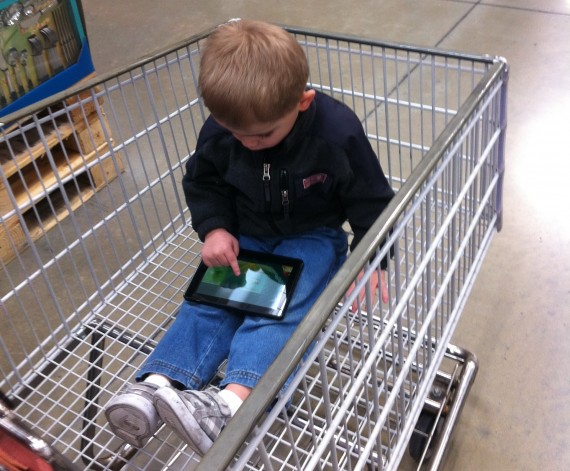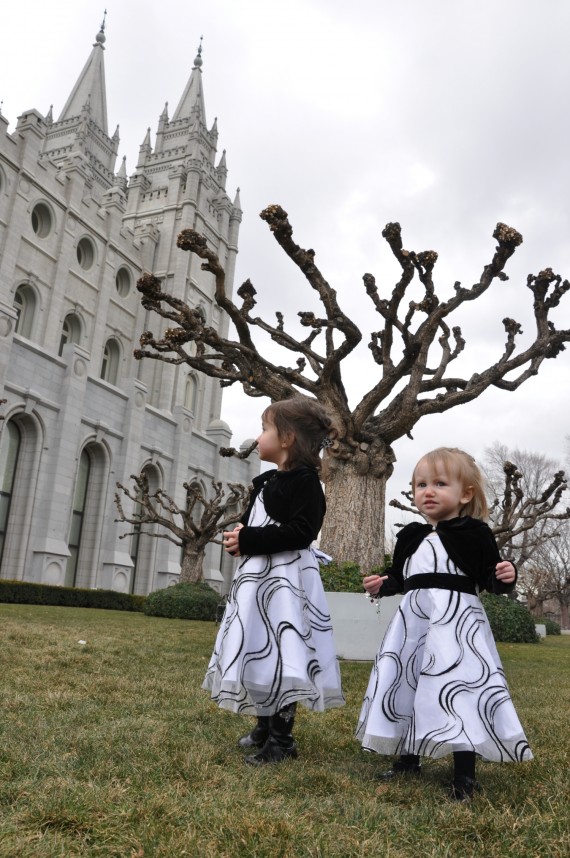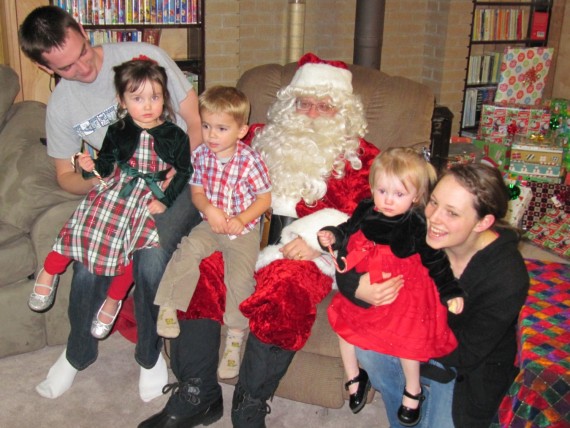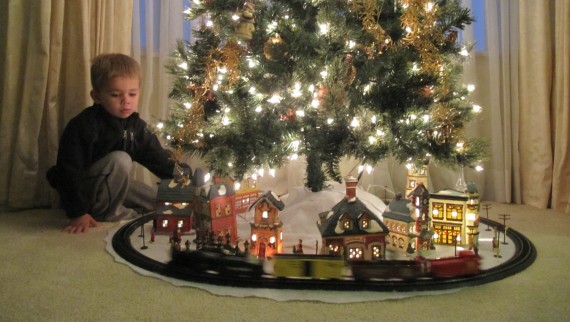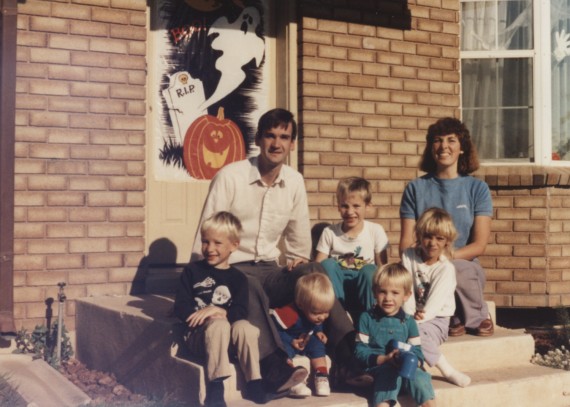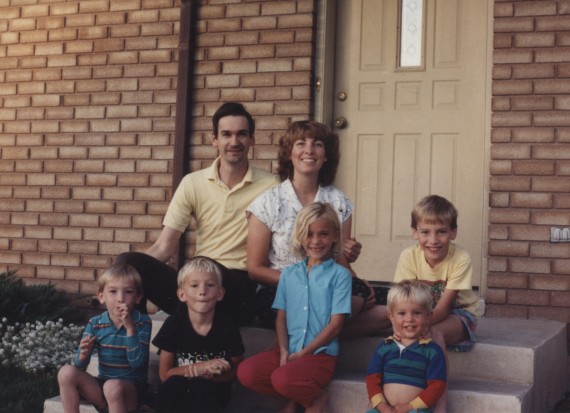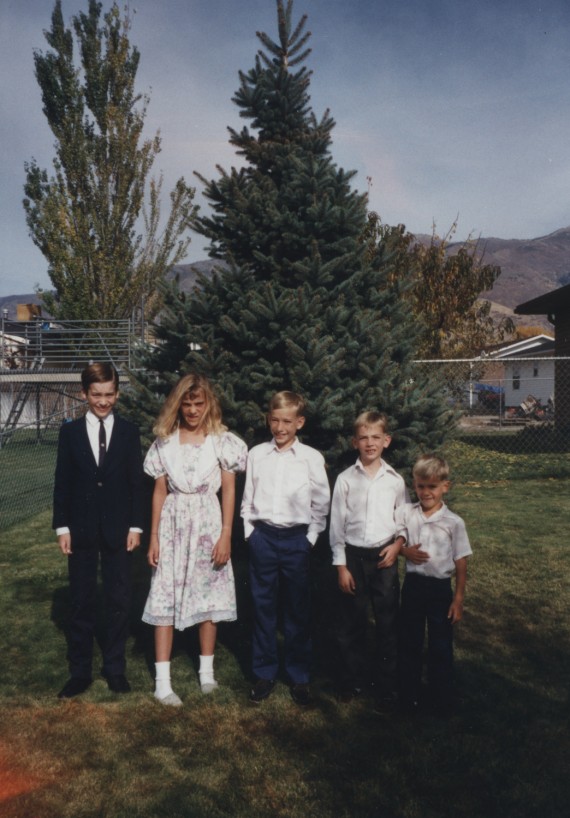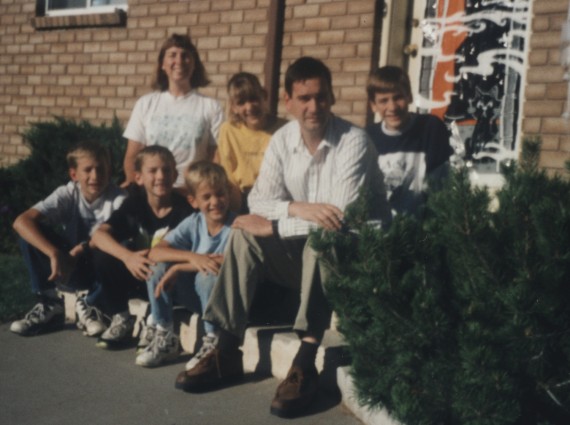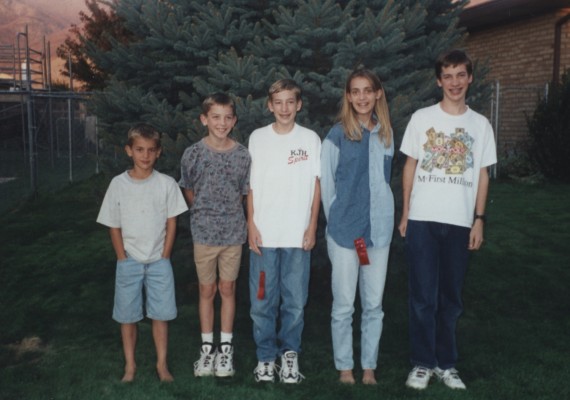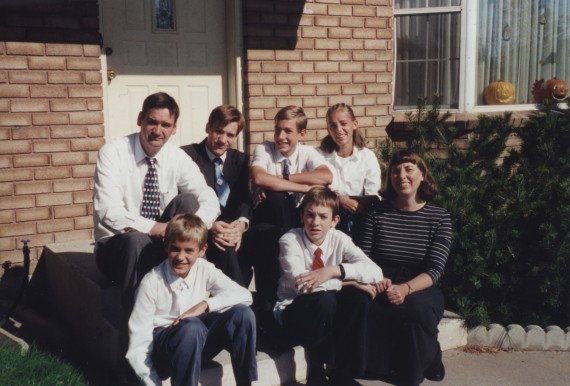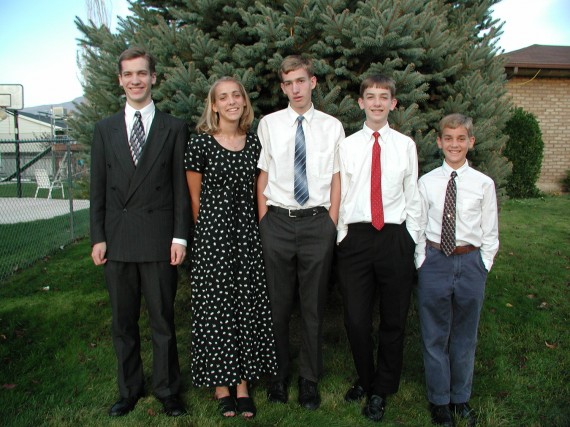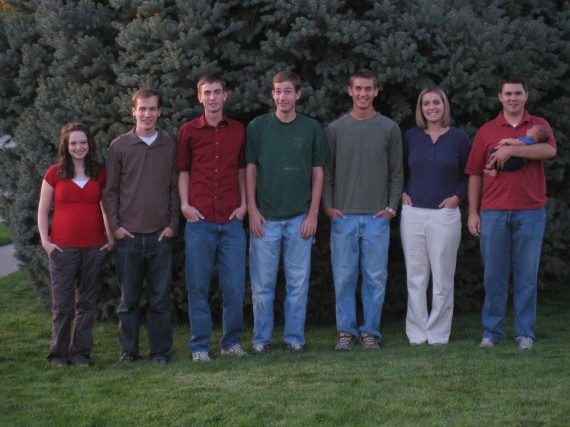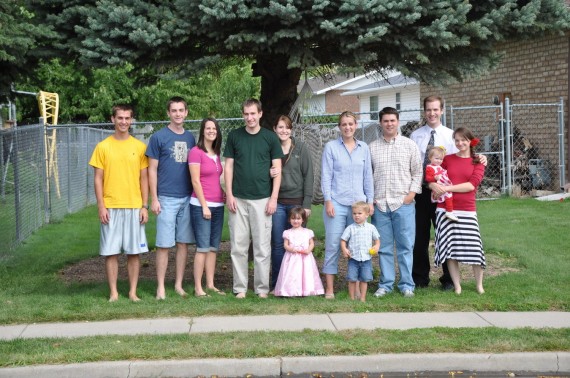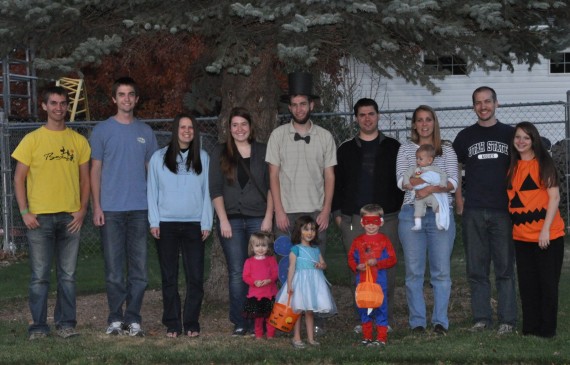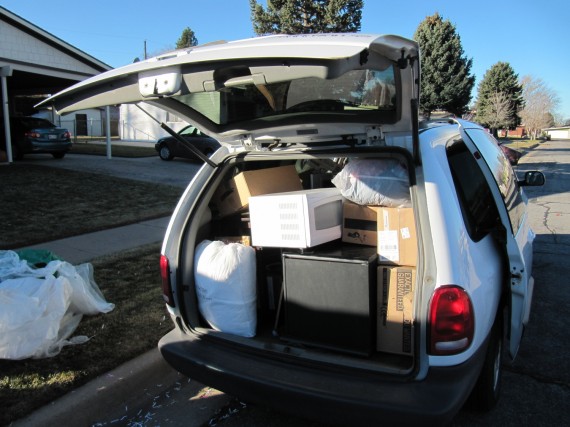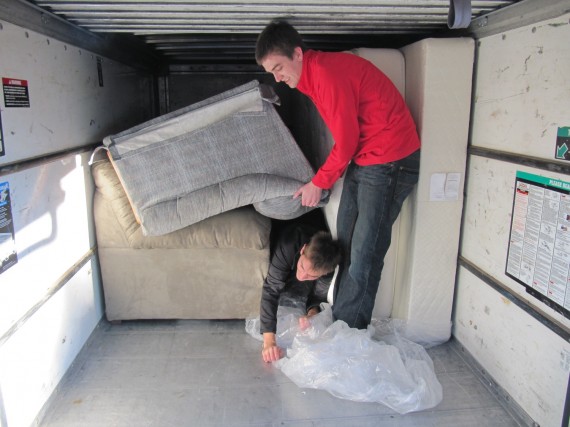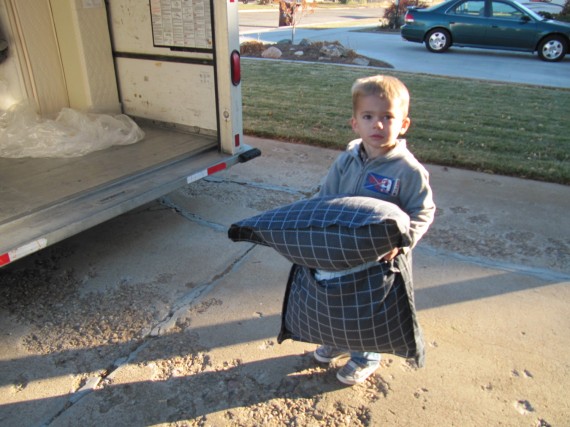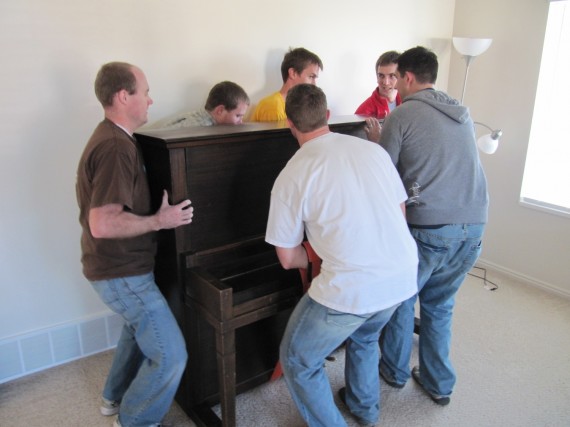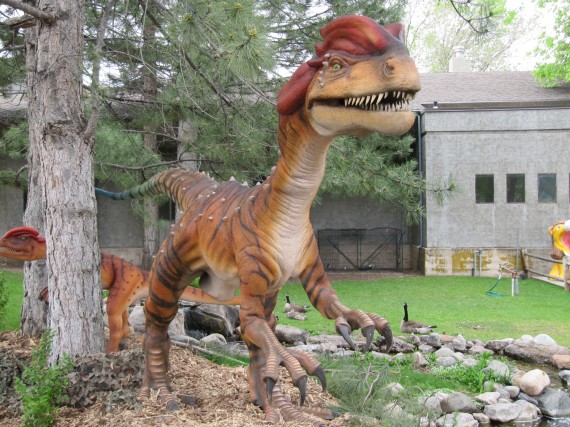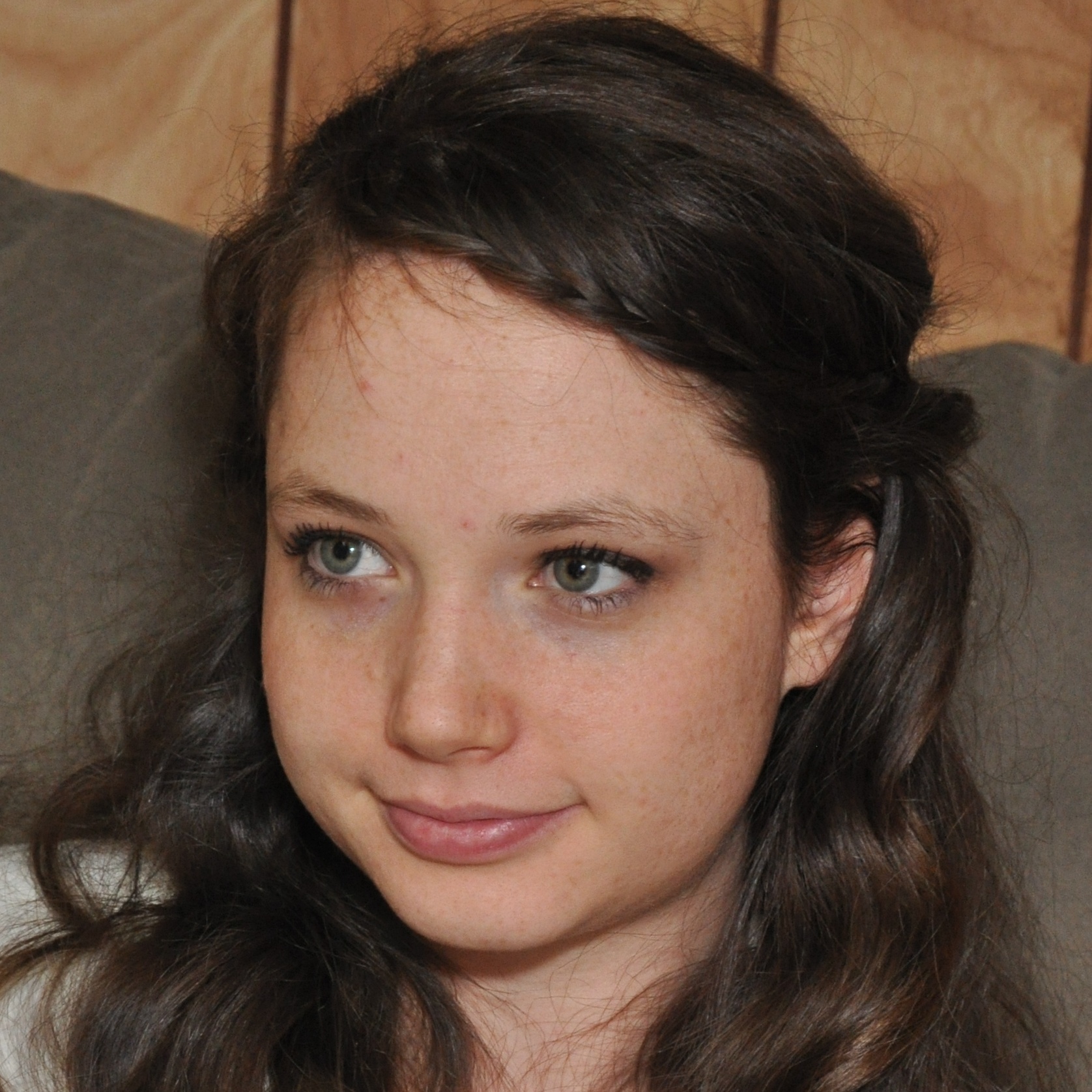
My guest writer today is Ada, a stay-at-home mother of two rambunctious preschoolers. Ada enjoys spending time with her family, cooking, and reading when she’s not playing Mommy.
Creativity is used every day, in every aspect of our lives. When we think of creativity, we usually think of it in the context of art, but according to Wikipedia, creativity is “the phenomenon whereby a person creates something new (a product, a solution, a work of art, a novel, a joke, etc.) that has some kind of value.”
What does this mean to me? It means that if I want to raise a child who can solve her own problems, she needs to be creative. I feel that creativity is a necessary component of a child’s education, but how do we raise a creative child?
Foster Exploration
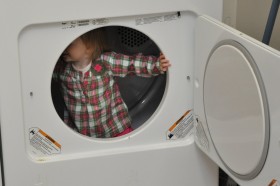 Some children may seem to be born more creative than others; however, their creative tendencies are likely due to an environment that is open to creative expression, rather than stifling the child’s explorations.
Some children may seem to be born more creative than others; however, their creative tendencies are likely due to an environment that is open to creative expression, rather than stifling the child’s explorations.
In our home, we foster an atmosphere of stimulation. If my three-year-old wants to color the grass pink, because it’s her favorite color, I don’t say, “grass is green, not pink.” This would stifle her creative exploration.
And instead of having a long list of items within reach that they can’t touch, we set out items that they can touch, feel, sense – in essence, explore.
Fun in Exercise
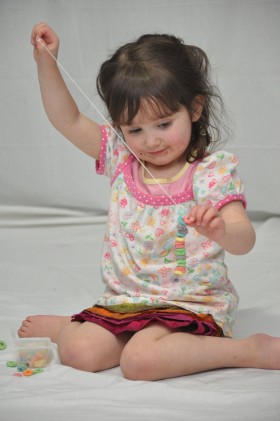 Just as a child needs to exercise her muscles to help them grow, creative “muscles” need stretching and exercising.
Just as a child needs to exercise her muscles to help them grow, creative “muscles” need stretching and exercising.
Exercising our muscles can either be a grueling, hard and painful experience or a fun and enjoyable experience.
Likewise, exercising our child’s mind can either be tedious or joyful.
Have fun with your child – play games that will provoke thought and imagination, let them explore, or give them a bunch of objects and just let them create.
Reading, Writing, and a Rhythm
Several studies have indicated that reading to children before preschool-aged will help them do well in all facets of formal education, as well as helping them to have basic speech skills.
The other night my 3-year-old came up to me and said, “Mommy, I’m not feeling well. I can’t eat my dinner.” Really she just wanted dessert, but I was impressed with her proper use of grammar, her sentence structure, as well as her solution.
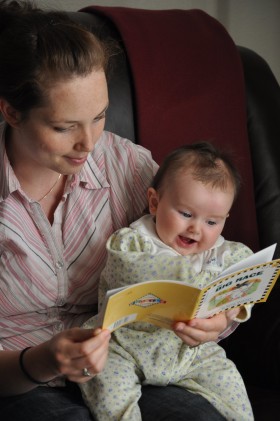 When reading with a child, try the following:
When reading with a child, try the following:
- Ask questions. “Where’s the bird?”, “What is that man doing?”, or “What is going to happen next?”
- Let the child fill in the blanks. “Itsy Bitsy Spider went up the water ______.” (Pause and let the child say “spout”.)
- Let them “read” to you. Even if the child can’t read words, they can make up their own story using the pictures. You’d be amazed with how much of the story they pick up from listening to you read it to them.
- Have toddlers and preschoolers act out the story or draw it.
What are some other ways to promote creativity in our children?
Update
23 July 2017 — Changed the author’s image and removed a dead links.
